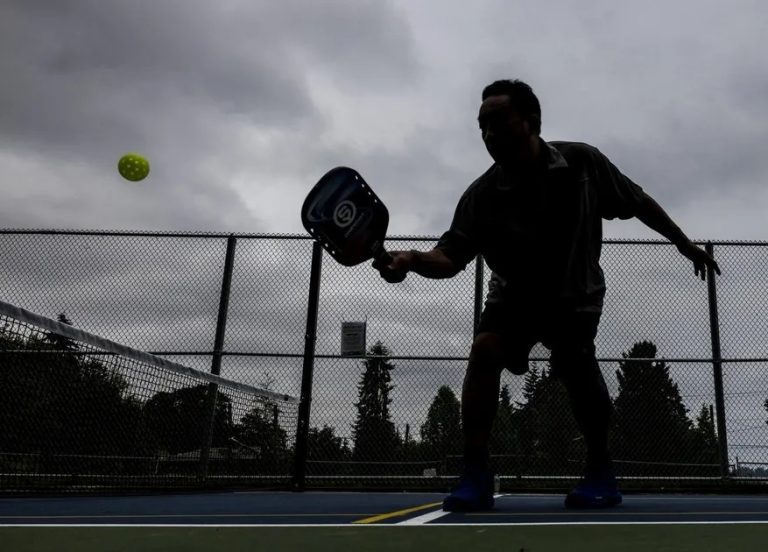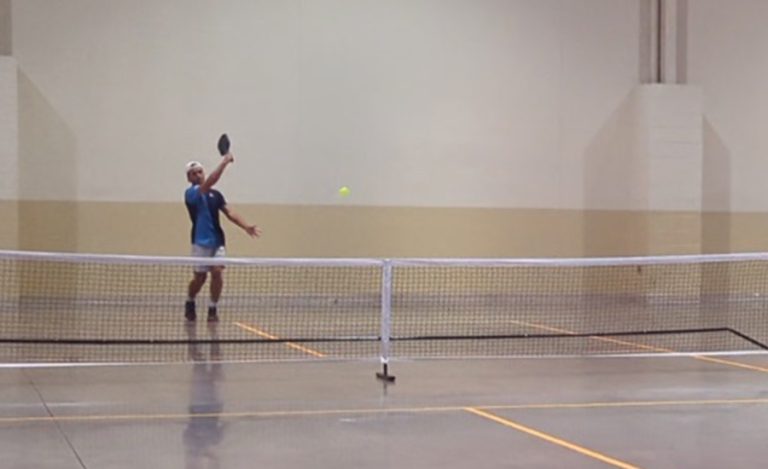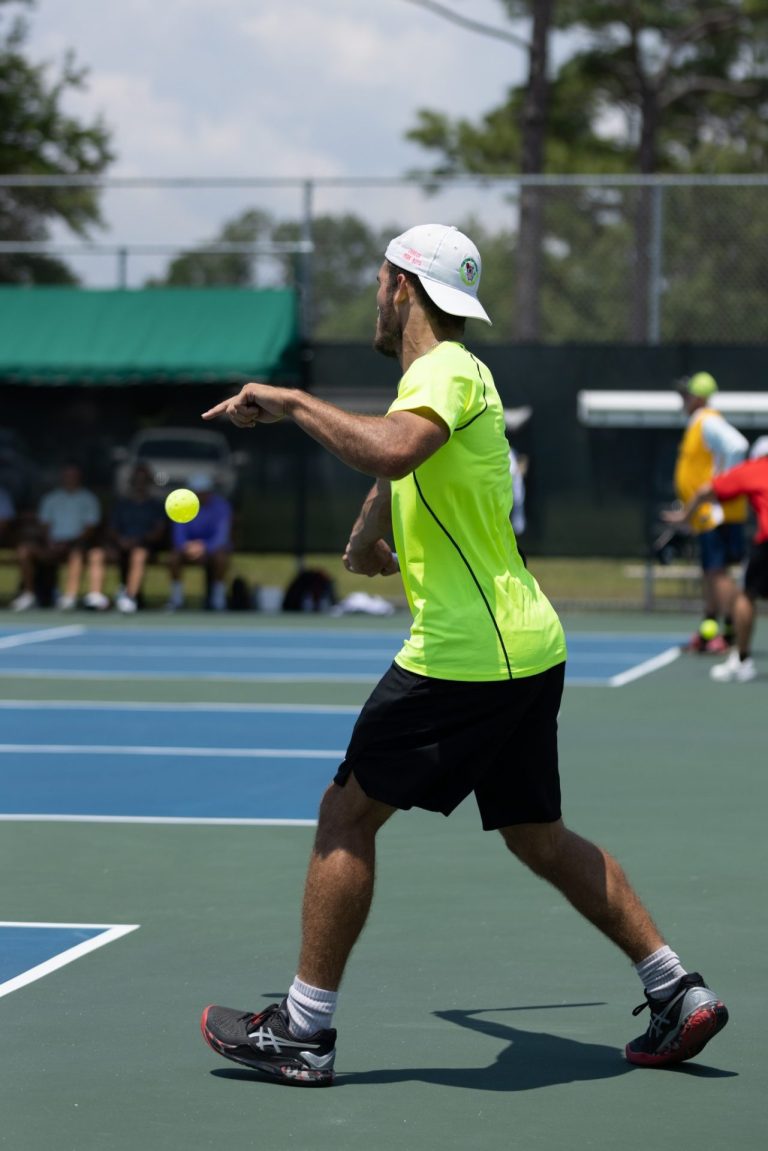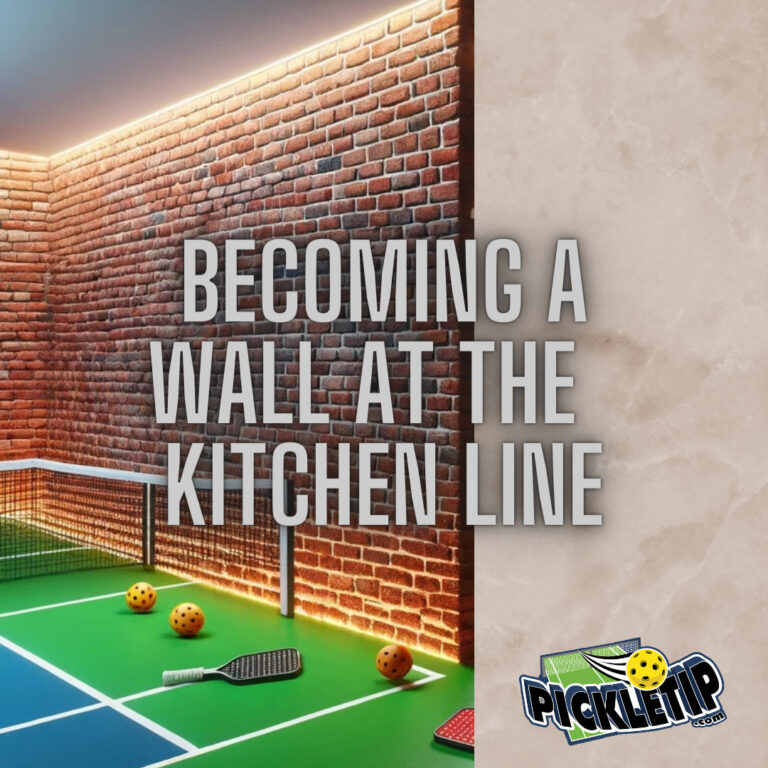Pickleball Middle Shot Strategy
Pickleball Middle Shot Strategy: Expert Tips for Doubles Play
Mastering the pickleball middle shot strategy is essential for any player looking to excel in doubles. This strategy not only involves shot precision but also requires excellent communication and coordination with your partner. In this article, we dissect the tactics behind the effective execution of middle shots, providing you with a strategic edge in your next game.
Forehand Always Takes Middle?
In pickleball doubles, middle shot strategy is a topic of frequent discussion. One common argument is that the player on the forehand side should take these shots. This position is considered stronger because it allows the player to use their dominant side. As a result, they can exert more power in their return. This method can be particularly effective when the forehand player is also quick to react and can handle the pace of the game.
Understanding Court Positioning
Conversely, the decision of who takes the middle shot may also depend on the players’ readiness and court positioning, rather than just their forehand or backhand strength. The player with the optimal angle to the ball should execute the shot. This position allows for the quickest response time. By doing so, the team can maintain a strong defense. At the same time, it positions them to transition effectively into offense.
Pickleball Skills
The skill level of each player and their specific strengths during play should also influence the middle shot strategy. A team may decide on a strategy for handling middle shots based on player skill. They might choose the more skilled or stronger player for this role. This approach allows them to capitalize on their abilities. It is particularly useful under high-pressure situations.
Communication is another pillar of the middle shot strategy. The player who calls “mine” should take the shot, as this reduces hesitation and confusion. It’s vital for partners to trust each other’s calls and to have predetermined strategies for different game scenarios. Additionally, teammates should call the ball as early as possible so that everyone has enough time to react.
Several factors influence the middle shot strategy in pickleball doubles. Consequently, it is a dynamic decision-making process. As the game progresses, the strategy adapts to the changing situation. Therefore, these critical decisions can significantly affect the game’s outcome.
Effective Communication and Coordination Strategies
Effective communication is the backbone of executing the pickleball middle shot strategy. Partners must establish clear communication norms and signals to indicate who will take the middle shot, reducing the chance of costly errors.
- Establish clear verbal and non-verbal communication methods for who takes the middle shot.
- Discuss and agree upon strategies for different types of shots and court positions before the game.
- Practice decision-making drills to improve reaction times and coordination.
- Adjust your strategy in response to the opponents’ play style and positioning.
- Trust in your partner’s judgment and calls to foster a cohesive team dynamic.
Strategizing Middle Court Returns in Pickleball
In pickleball, shots that land in the middle of the court present a unique challenge and opportunity for the defensive team. The key to effectively returning these shots lies in the coordination between partners and understanding each other’s movements and strengths. Here’s how to decide who should take the shot:
- Forehand Dominance: The middle court shot is typically best handled by the player who can approach it with a forehand swing. The forehand shot offers greater power and precision, making it ideal for a forceful drive or a finesse drop shot.
- Positional Play: The player closer to the trajectory of the ball or in a better court position should take the shot. This minimizes court coverage gaps and maximizes the defensive team’s readiness for the next play.
- Pre-arranged Understanding: Partners should have a predetermined strategy for who covers the middle based on their respective playing styles and strengths. This strategy can be adjusted as the game progresses and situations change.
- Game Situation Awareness: The decision on who takes the middle shot may also depend on the current game situation. Consider the score, the flow of the game, and the opponents’ positioning before committing to the return.
- Communication is Key: Always maintain open communication with your partner. Use agreed-upon signals or quick calls to decide who will take the shot, reducing hesitation and potential for misplays.
By applying these principles, players can make swift and smart decisions when returning middle court shots, keeping the defense solid and setting up for an offensive transition.
Conclusion: Winning with a Solid Middle Shot Strategy in Pickleball
A solid pickleball middle shot strategy is the cornerstone of a winning approach in doubles play. It’s the synergy between partners, the quick decision-making, and the strategic shot selection that defines the success of a team. By focusing on these elements and practicing diligently, you can turn the middle shot into a powerful weapon in your pickleball arsenal. The best teams understand that while individual skills are important, the ability to work together seamlessly is what ultimately leads to victory on the court.







